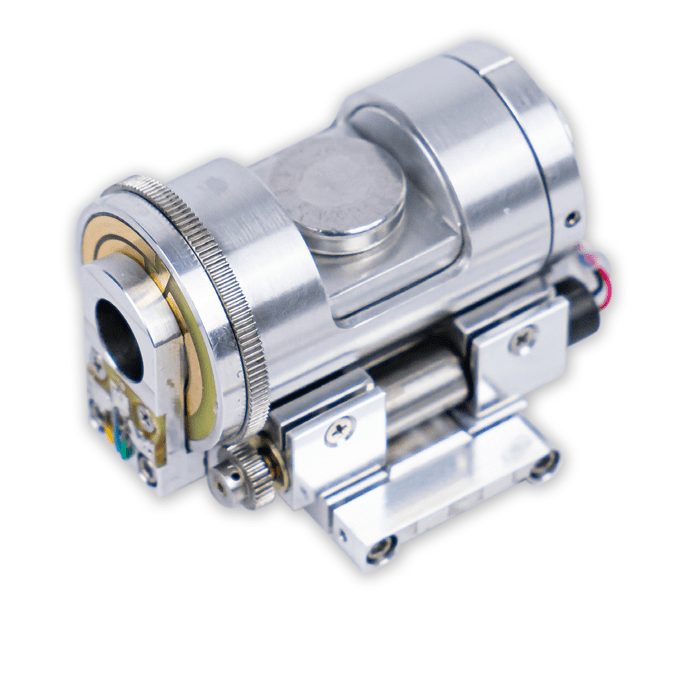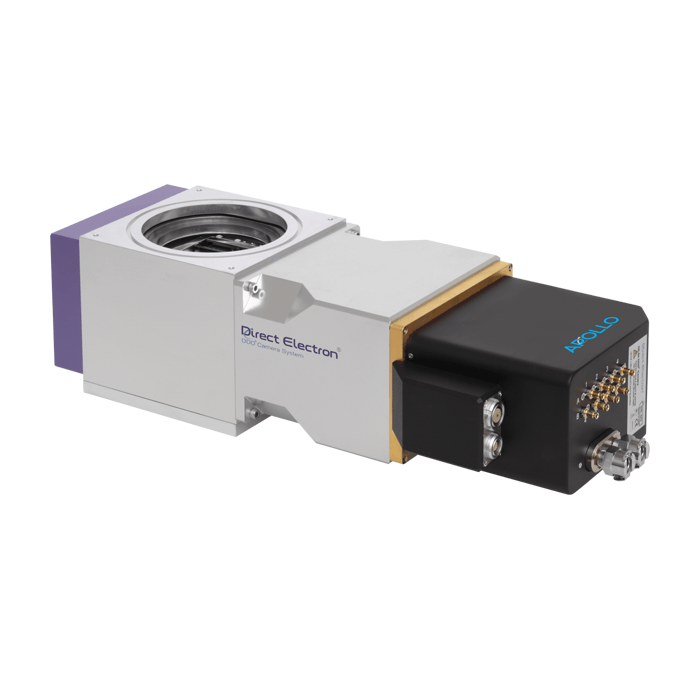
Mini Transfer Module for Sensitive SEM Samples
SEM
A new paradigm for Cryo-EM

The world’s first event-based camera for high-throughput cryo-EM with no compromise in the QE and speed

Apollo is the world’s first event-based direct detector and represents a paradigm shift for cryo-EM. As the next generation of electron counting TEM cameras, it acquires high SNR electron counting images almost 10x brighter than the previous brute-force software-based counting detectors.
With an all-new, purpose-designed event-based direct detection sensor with completely digital readout, noise is reduced and bottlenecks due to detector speed are eliminated.
Apollo uniquely feature on-chip CDS or correlated double sampling. In conjunction with on-chip thresholding and on-chip event detection, Apollo generated images with unrivalled quality.
The first beta testing of the Apollo with FPGA (Field Programmable Gate Array) architecture was carried out by Dr. Stephen Lutke and Dr. Zhao Wang at Baylor College of Medicine in Houston, Texas. The found that the Apollo maintains exceptional performance up to levels of about 60 electrons per pixel per second.
The high-speed detection made possible with Apollo will enable researchers to produce electron counting movies with a high exposure rate. This will facilitate new dynamic techniques such as high-throughput continuous rotation tomography, in situ structural biology and studies of radiation damage.
